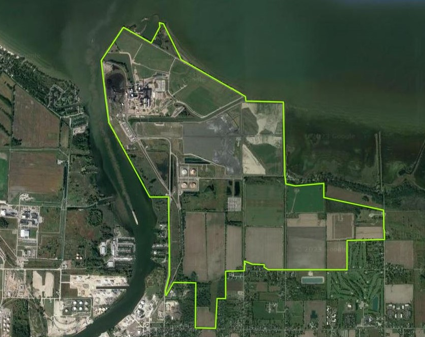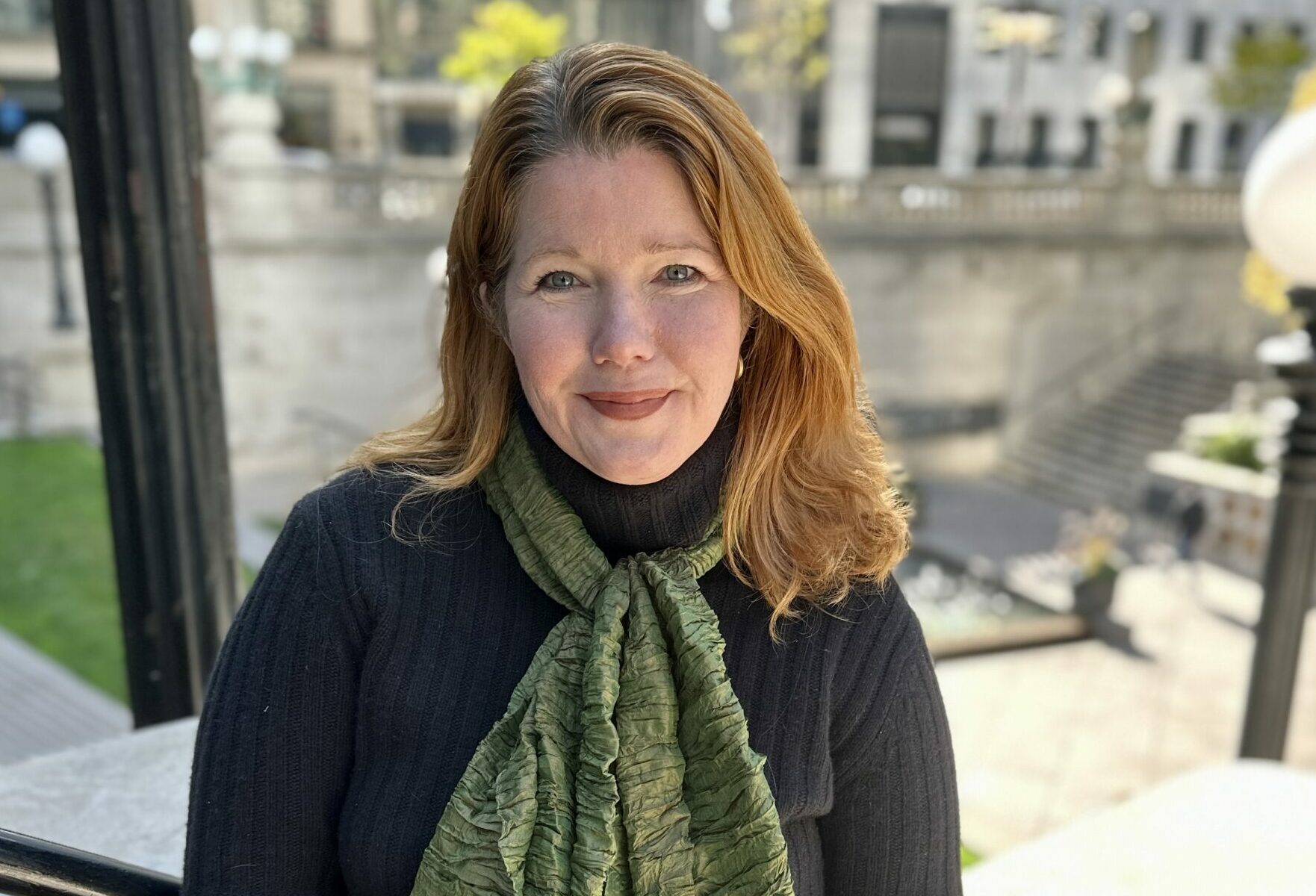January 03, 2024
ELPC Reimagining the Potential for Michigan’s Retiring Coal Plants
Retiring coal plants - once thought of as industrial eyesores - now stand as canvases for the creation of new greenways, parklands, wildlife habitat, and clean energy development.
In a little less than a decade, between 2010 and 2019, energy companies announced the closure of 290 coal plants across the U.S., totaling over 100 GW of generating capacity. Once these coal plants retire, each of the sites begins a multi-year retirement process that includes decommissioning, remediation, and redevelopment. Notably, Consumers Energy, a major utility in Michigan, set ambitious plans to retire its two remaining coal plants by 2025, 15 years earlier than previously planned. These plans, the culmination of efforts by various stakeholders and advocates, present Michigan with a unique power vacuum — and an opportunity for the state to position itself as a pioneer in the clean energy transition.
Power Plants to Parklands
ELPC’s new Power Plants to Parklands (“P2P”) project aims to re-envision the redevelopment phase of this transition process. Historically, coal plants were situated on lakes and rivers because of their reliance on water for cooling systems. As a result, these facilities often occupy marquee waterfront locations, making them prime for public use. However, retired coal plant sites are too often left as a blight in the community. Many are fenced off from the public, as off-limits as prisons.
The P2P project advocates a transition into publicly accessible green spaces. We argue that thoughtful site reuse can create new greenways and parklands, expand wildlife habitat, and incorporate solar farms and energy storage — creating healthy spaces for communities to enjoy while contributing to local tax revenues.
Location, Location, Location
Here’s why it works so well — and what retired coal plant sites offer beyond just waterfront property. Retired coal plants are already interconnected to the grid, offering prime infrastructure for clean energy redevelopment. It’s like repurposing an old railway station for a more modern transportation hub. Much of the infrastructure is already there, such as tracks and connectivity, making the projects far more convenient and cost-effective than building entirely new facilities. With transmission lines already in place, these sites sidestep the red tape that can stunt the deployment of new clean energy facilities. In addition, these new clean energy plants offer an opportunity to reinvest in the communities formerly supported by the aging coal plants.
ELPC is collaborating with Michigan communities and a wide range of stakeholders, including municipal governments, utilities, businesses, and environmental groups to transform former coal plant sites into parklands where it makes community, ecological, and financial sense to do so. Our work at this point is focused on sites in Michigan where coal plants are currently closed or scheduled for closure over the next three years. One example is the Dan E. Karn Power Plant in Essexville, near Bay City, on Lake Huron’s Saginaw Bay.
The Karn plant is owned and operated by Consumers Energy, a Michigan-based utility serving an electric service territory across almost all of Michigan’s lower peninsula. We are working closely with Consumers Energy, urging it to re-naturalize and open access to as much of the property as is feasible and safe.

Satellite imagery of the Dan E. Karn Power Plant Site
Consumers Energy and the Dan E. Karn Power Plant
Consumers Energy has already announced that it plans to develop more than 85 MW of solar energy (around 275,000 solar panels) at the Dan E. Karn plant site, enough solar energy to power approximately 20,000 homes. Two units at the site have already retired and the remaining two will operate using natural gas and fuel oil to meet peak demand as needed until 2031. As they begin decommissioning planning at the site, we are working with the Saginaw Basin Land Conservancy (SBLC) to engage community members and learn what they would most like to see in the design process before creating a draft conservation plan.
As an example of the ecological significance, the Karn Power Plant sits on the Saginaw Bay of Lake Huron, a critical area for migratory birds. The bay and its surrounding wetlands provide essential habitat for over 1,000 species, making it an essential stopover point along the Central Flyway of North America. We look forward to working with the communities surrounding this plants to learn what locals would like to see in the redevelopment plan.
A Blueprint for Future Retirements
As the curtain falls on the era of coal plants in Michigan and the U.S., ELPC’s Power Plants to Parklands project isn’t just about repurposing retired coal plant sites; it offers an opportunity for utilities, stakeholders, and communities to collaborate in shaping a more sustainable and prosperous future for the region.
ELPC’s P2P initiative aspires to be a model for the nation — a blueprint for communities navigating the closure of coal plants. These projects are poised to reinvigorate the economic landscapes of the Midwest, offering new tax bases and community spaces.
P2P advocates not just for clean energy development but envisions these sites as dynamic public spaces. The locations of retiring coal plants, once thought of as industrial eyesores, now stand as canvases for the creation of new greenways, parklands, wildlife habitat, community spaces, and most importantly, a sense of place for the area’s residents to enjoy for decades to come.


